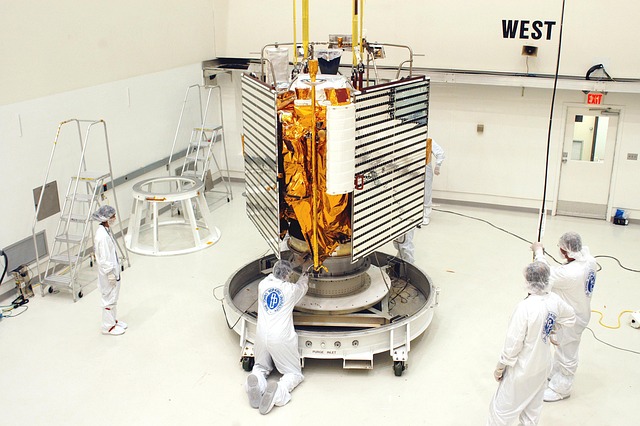
space-probe
NASA is gearing up for an unprecedented mission aimed at safeguarding Earth from potential asteroid threats. The space agency plans to launch a spacecraft designed to test the feasibility of deflecting asteroids that could be on a collision course with our planet. The mission, known as the Double Asteroid Redirection Test (DART), represents a major step in planetary defense and will explore how intentionally crashing a spacecraft into an asteroid might alter its trajectory.
This innovative approach is critical for protecting Earth from future asteroid impacts that, while rare, could have catastrophic consequences if left unchecked.
The Mission’s Objective: Deflection, Not Destruction
Unlike the dramatic asteroid-destruction scenes often portrayed in Hollywood movies, NASA’s mission focuses on deflection rather than destruction. The goal is not to blow up the asteroid but to nudge it off its current path. By altering its course, scientists hope to avoid a potential collision with Earth. The target for this mission is Dimorphos, a small moon orbiting a larger asteroid known as Didymos.
Dimorphos, with its diameter of around 160 meters, poses no immediate threat to Earth. However, it provides a perfect test subject for studying the effectiveness of kinetic impact—crashing a spacecraft into an asteroid at high speeds to see if the force can change its orbit. DART will intentionally collide with Dimorphos, and NASA will closely monitor the effects of the impact on the asteroid’s trajectory.
Why Planetary Defense Matters
While no known asteroids are on a direct course to collide with Earth in the near future, history shows that asteroid impacts have occurred before, with potentially devastating effects. One of the most famous examples is the asteroid believed to have contributed to the extinction of the dinosaurs over 65 million years ago. Smaller impacts, like the one that exploded over Chelyabinsk, Russia, in 2013, remind us that Earth is not immune to the dangers of space debris.
NASA’s DART mission is part of a broader effort to develop technologies that can protect Earth from such events. By testing asteroid deflection techniques, the agency hopes to prepare for a future in which a potentially hazardous object may threaten our planet.
The Science Behind the Mission
DART’s spacecraft, which weighs about 1,100 pounds (500 kilograms), will travel at speeds of roughly 15,000 miles per hour to collide with Dimorphos. The force of the impact is expected to shift the moonlet’s orbit around Didymos by a measurable amount. Following the collision, NASA and its international partners, including the European Space Agency (ESA), will study the results to determine how successful the deflection was.
The mission will provide valuable data for future planetary defense strategies and could serve as the blueprint for deflecting larger, more dangerous asteroids. NASA hopes to use the findings to develop more advanced techniques for protecting Earth from potential threats.
A New Frontier in Space Exploration
The DART mission represents a significant step forward in space exploration and planetary defense. If successful, it could be the first demonstration of humankind’s ability to defend itself from cosmic hazards. As space agencies around the world continue to study ways to protect Earth from space objects, this mission underscores the importance of being prepared for the unexpected.
NASA’s asteroid probe is set to launch soon, marking a new era in space exploration and offering hope for future planetary defense efforts.


